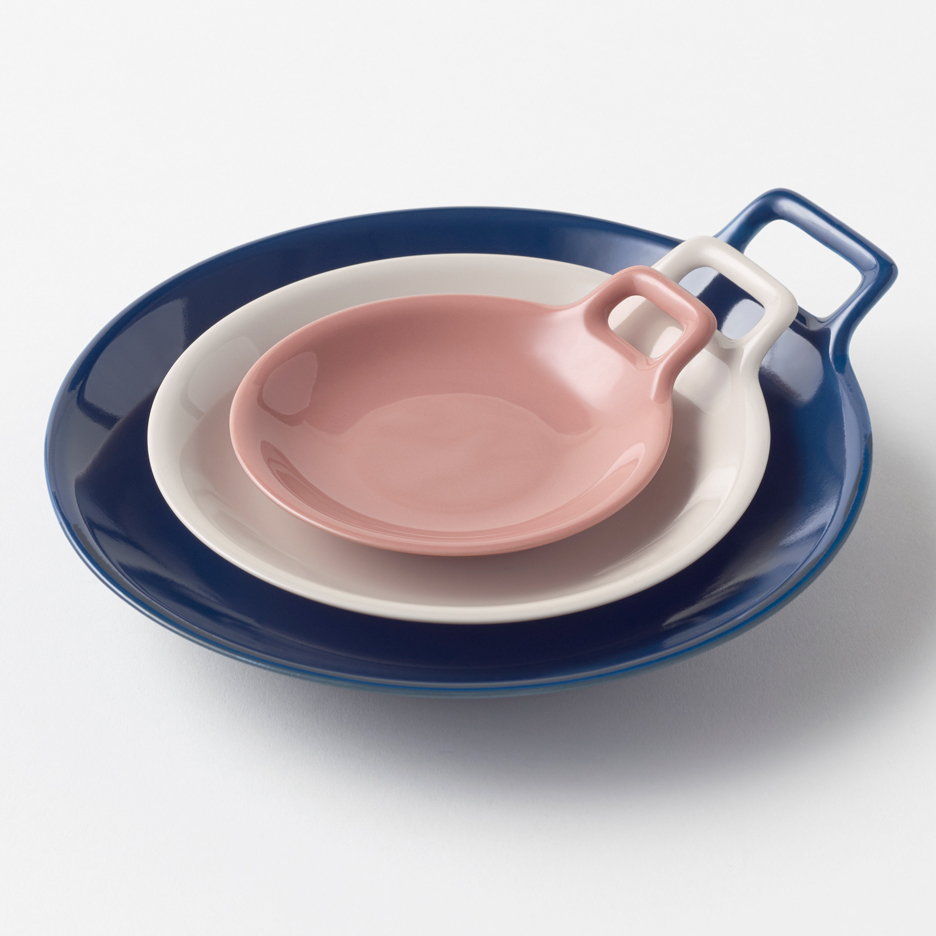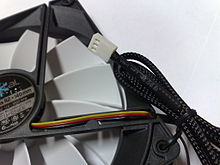The jargon I feel good to know for lighting.
Watt and Lumen
Watt indicates the amount of power a bulb uses to provide light, while lumen is the unit used to measure the light output of a light bulb.
Most people think that the wattage (W) of a bulb tells you how much light it gives. But wattage only tells you how much power a bulb uses. The light output of a bulb is actually measured in lumen (lm). For example, some bulbs, like LED, give the same light output (in lumen) as a classic bulb, but for a much lower wattage. So, to see how bright a bulb is, think in lumen, not watt. The higher the lumen value, the greater the light output. The fact that some bulbs are brighter than others means they are suitable for other purposes.
For example, dimmer bulbs are for bed-side lamp, medium for living room, bright for bathroom.
I see my project lamp to have dim to medium bulbs.
Cap Type
There are different types of caps to fit your light fixture because one size doesn’t fit all.
The cap is the bridge between the bulb and the power-source fitting, providing just the right amount of current to make the bulb glow.
Wide and Focused Light (link)
The shape of a bulb has a big impact on the light effect it delivers. This is because the shape determines the width of the light beam. Standard bulbs can achieve a 360-degree distribution of light. Spots can deliver a focused light distribution at a 25-35-degree beam angle.
Probably, the standard bulbs is better for my project because the cover shape for my design is semi-sphere. By having a 360-degree light distribution, the reflecting properties of the overall lamp will be better.
Switch Cycles
Switch cycles indicate the number of times a bulb can be switched on and off before it fails. The room a bulb is being used in can make a big difference to the light bulb’s lifespan. The room a bulb is being used in can make a big difference to its lifespan. For example, bulbs in a living room often stay on all evening, whereas those in a bathroom may get switched on and off much more regularly. Halogen bulbs typically have a switch cycle of 8,000. Energy savers up to 30,000 and LED bulbs about 50,000.
Color Temperature
Color Temperature is indicated in units called Kelvin and its value determines whether light bulbs produce warm or cold light. Bulbs with a low Kelvin value produce a warm yellow, more cozy light, while those with a higher Kelvin value produce a cool blue, more energizing light.
Around 2700-3000 K will be good.
Color Rendering Index (link)
The sun is the most natural light we have and therefore is the standard of comparison for any other light source. Natural outdoor light has a Color Rendering Index (CRI) of 100 – and therefore is the standard of comparison for any other light source. The higher the CRI (based upon a 0 – 100 scale), the more natural the colors appear.
Run Up Time
For some bulbs it takes longer to reach their maximum light output level. Some bulbs are faster than others – because they have a shorter
‘run- up time’. This is how long it takes for a bulb to reach its maximum light output level. Halogen and LED bulbs have the fastest run-up time – of less than one second – for almost instant illumination. While some energy savers need 5-30 seconds to reach their maximum light output.
Here is a comparison of bulbs that I have taken from the website based on what I would like to have for the light bulbs.
I am looking at LED light bulbs instead of Halogen bulbs as of now.



Source:
http://www.philips.com.sg/



























